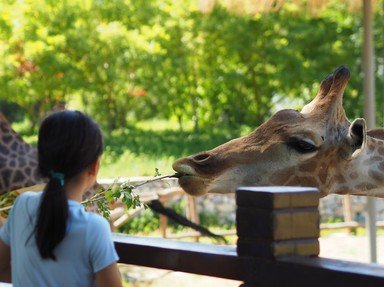Quiz Answer Key and Fun Facts
1. Which of these aquatic or semi-aquatic mammals is NOT a pinniped?
2. Why would a mammal be classified as an ungulate?
3. What is the only animal species, besides humans, that can be a vector of leprosy?
4. Many animal species, including primates, dogs and cats, are altricial at birth. What is the meaning of this word?
5. One of these equines is a species of wild ass that has never been domesticated, and has also given its name to a kind of siege engine. Which one?
6. What salient feature is shared by flightless birds such as ostriches, emus, and kiwis, also known as ratites?
7. Crocodylus porosus is one of the smallest crocodile species.
8. Which of these extinct birds of North America was a fightless sea bird?
9. Which of these describes Carcharinus leucas, also known as the bull shark?
10. A native of Central and South America, what kind of animal is a tamarin?
Source: Author
LadyNym
This quiz was reviewed by FunTrivia editor
rossian before going online.
Any errors found in FunTrivia content are routinely corrected through our feedback system.
